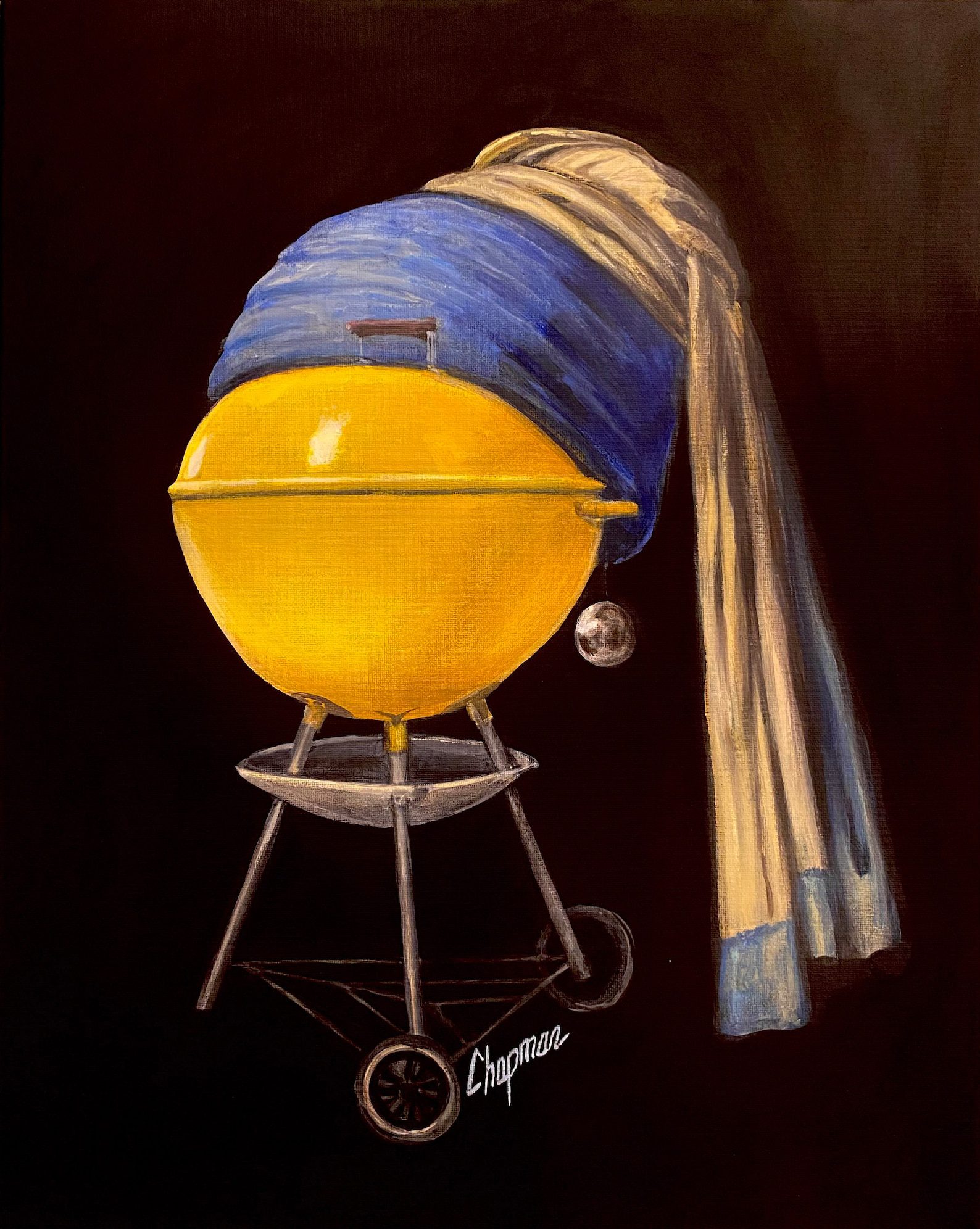You probably know someone who looks at memes daily (for goodness sake, our students do!) According to PBS, 54 percent of teens get news from social media, 50 percent get news from YouTube, and fewer than half (41 percent) get news from news organizations at least a few times a week. Connect with your students through their personal interests, such as memes, to make learning more memorable! Embrace memes and bring them into your art room. Get your students to think a little more critically about something they consume daily by considering if memes are art or entertainment and if they have a place in museums.
For those of you new to memes, let’s define what a meme is. According to Merriam-Webster’s dictionary, memes are amusing or interesting images spread online, especially through social media. A meme is often a still image from the internet of cartoon characters, school photos, current events, and popular culture phenomenons. Along with the image, there is often a humorous phrase. Anyone with access to a device and the internet can create a meme and share it online.
Before diving into four art activities that incorporate memes, let’s take a peek at some foundational meme knowledge.
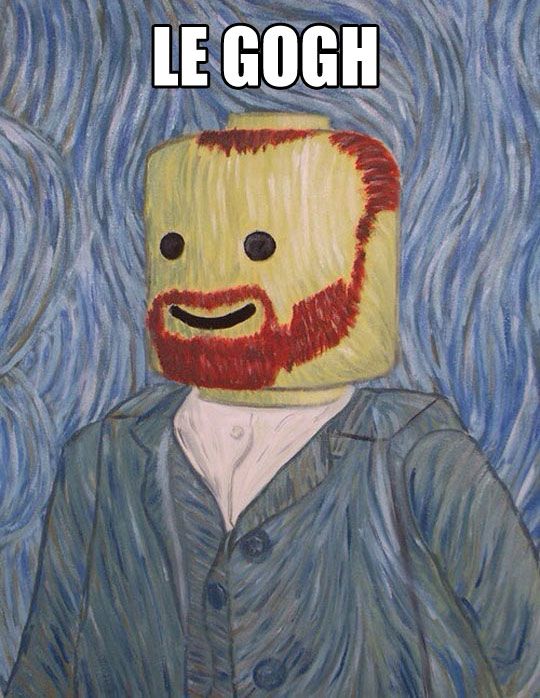
Where did memes get their start?
Memes are digital images or essentially internet jokes that evolve over time. The word “meme” comes from the Greek word “mimema,” which means imitated. The word “meme” was introduced by a biologist named Richard Dawkins in 1976 when he needed a noun to describe contempt for transmitting an idea. He played with the word “mimema” but wanted something similar to the word gene, and chose meme.
One of the most popular memes is described by Forbes as “… a toddler in a green and white shirt with a determined look on his face, clenching a fist of sand, labeled with a single word: SUCCESS. The meme went viral and became known as the ‘success kid.’ The image was such a hit it was ultimately licensed for commercial use.” This image is now very recognizable and is almost iconic!

How do memes circulate?
Many memes are shared so rapidly on social media that the original creator gets lost in the sharing. Memes can also be shared through email and text messaging. With some meme generators, the creators can put a “tag,” like a watermark, with their name within the meme. But memes can be humorously enjoyed with or without knowing who created them.
Memes are a great opportunity to bring up discussions around originality in the art room or plagiarism, copying, and artistic inspiration. Ask your students a handful of the questions below to introduce them to memes and assess their current knowledge on the topic.
Introduce your students to memes through the following discussion questions:
- What do you know about memes?
- What is the point of a meme?
- What is your favorite meme?
- Who or what is usually the subject of a meme?
- How often do you share or send memes?
- Who has created a meme?
- Is there anything similar to a meme?
Create your own meme.
Before you go meme-wild, try creating one yourself. There are websites and apps on devices that let you add text to an image to create a meme. Meme Generator and Memes.com are free websites for creating memes. For the images, you can use a photo on your phone or a screenshot of something on your computer. Some meme generators even have images you can choose from.
Are memes art?
Some digital art is meant to be turned into a tangible, physical object, such as 3D-designed and printed ceramics and Photoshop files turned into prints. Memes are perfectly content to reside on the internet forever. However, some memes have become so popular they are printed and displayed or printed on other products like mugs, shirts, and bags.
Maybe these shouldn’t be classified as “memes” since they no longer reside on the internet. On the other hand, things can get fuzzy when physical works of art are turned into memes and vice versa. There are dozens of memes that feature world-renowned masterpieces like The Starry Night, Mona Lisa, American Gothic, and more. Show some to your students and then provide a bank of masterpieces for them to turn into their own memes. I’m certain Keith Haring and Andy Warhol would have enjoyed creating memes!
Who are some contemporary artists who create memes?
Note: Be sure to review all resources and preview all artists before sharing with your students.
Ironically, some contemporary artists paint memes. They prowl the internet to find the most popular memes and then take a brush to canvas. One notable “meme-painter” is Travis Chapman. Chapman combines humor and reality in his art to create satirical paintings. Grill with the pearl earring is his humorous rendition of Johannes Vermeer’s Girl with a Pearl Earring. While no text is layered on this painting, the headwrap sits perfectly on the yellow grill that represents the girl’s face in Vermeer’s masterpiece. The “earring” is a globe hanging off of one of the grill’s handles. Challenge your students not to smile at this juxtaposed artwork!
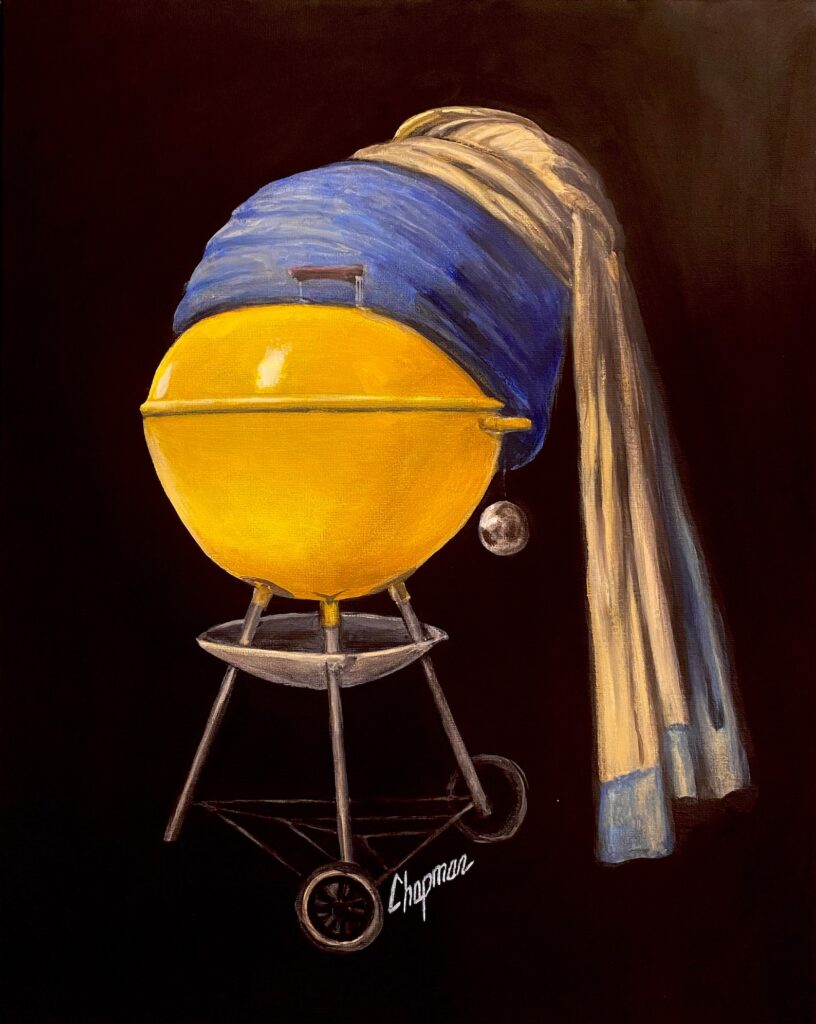
Another contemporary artist known for their meme paintings is Christine Wang. Wang says, “Every morning I doom-scroll on Instagram and look at memes.” She sees memes as a form of documenting history, sharing experiences, and stepping into a specific viewpoint. Especially through the Coronavirus pandemic, Wang says memes “… are a growing form of reality… our worlds become increasingly less physical and more digital… now more than ever.” One of her notable acrylic meme paintings shows a crying Kim Kardashian in front of what seems to be a vanity full of makeup with the words “I miss working” painted above the canvas.
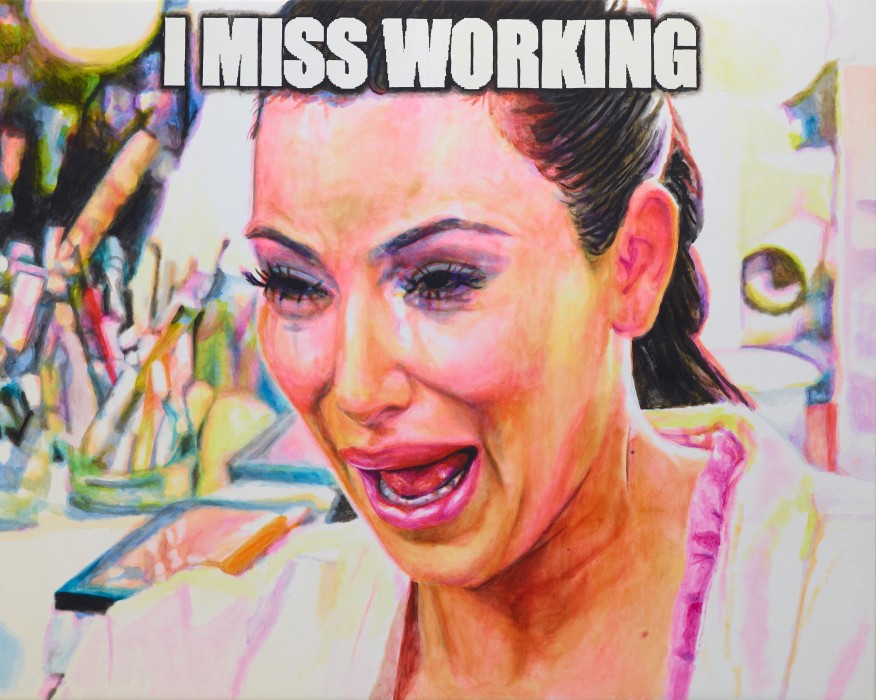
Let’s look at four activities to bring memes into your art curriculum to promote student interest.
Now that we have dug into the origin and conversations around memes, let’s see how we can bring memes into the art studio to enhance learning. Memes can connect students to world events, reinforce classroom rules and expectations, gain art history exposure, and serve as a fun formative assessment.
1. Connect world events through meme creation.
Lately, there has been a rise in political memes. Because more news is being communicated via online avenues, print newspapers are becoming increasingly obsolete. As a result, political memes are rapidly replacing political cartoons. Just like with political cartoons, memes can become propaganda. Because the creator has bias and an opinion to share, memes can capture a tiny glimpse of what is going on as opposed to a whole, well-rounded story.
Cornell University conducted a study in August 2021 and found memes shared through social media mix text and visual context to empower propaganda. Consider discussing this sensitive topic with your students so they can be better equipped to discern for themselves when they encounter a meme on social media. This is a great critical thinking skill! However, for many of your students, memes simply provide a digital outlet to deal with their feelings when it comes to global and local events. It may not be permissible to engage in political discussions at your school. Keep your district regulations, community, and state laws in mind at all times.
2. Share classroom expectations, procedures, and rules.
Instead of hand painting or typing your class expectations, procedures, or supply rules, create memes. Use the meme generators listed above to create a memorable meme your students can see digitally or physically in the classroom. Post them near designated areas as humorous visual reminders of your studio procedures.
3. Enable as an art history aide.
During an art history lesson, give your students the opportunity to use a meme creator to make the content more exciting. Amy Bulenta from Artful Artsy Amy mentions when students first see an artwork, they have interesting comments about the context. She suggests allowing the students to use curated art history images to create their own memes inspired by the content. Students research the artwork to learn about its original context.
4. Assess students.
Use memes as a student check-in or exit activity at the end of class. Students can find or create and submit a meme to share how they are doing or how they feel about their current art project. This is a fun and creative twist on a simple check-in.
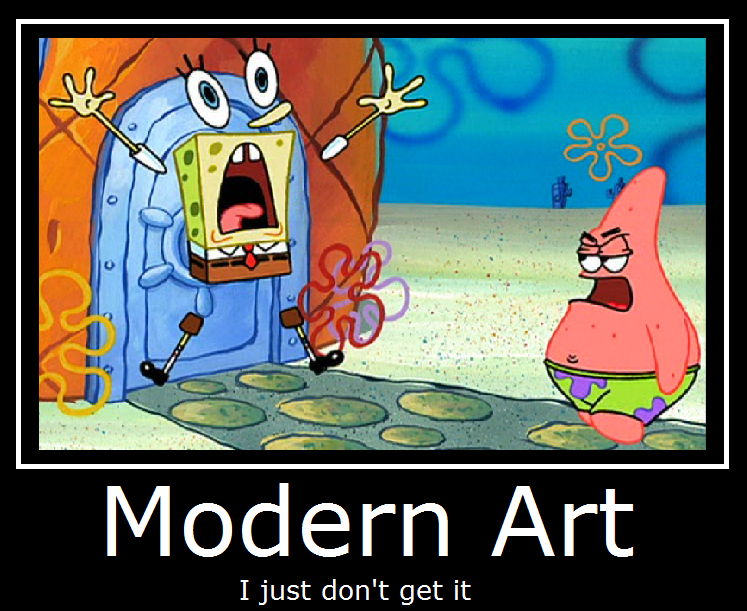
For the majority of our students, memes supply entertainment and humor. Including modes of communication that students are familiar with will make learning more relatable and fun. Who doesn’t want to encourage more smiles and giggles in art class? Mix some contemporary meme artists with art history masters to boost student engagement and exposure. Try one (or all four!) of the activities above to liven up a stale lesson or unit. Happy meme-creating!
How have you used memes in the classroom?
What hesitations do you have about introducing memes in your curriculum?
We would love to see the memes you or your students create. Please share them with us by tagging @theartofed on social media.
Magazine articles and podcasts are opinions of professional education contributors and do not necessarily represent the position of the Art of Education University (AOEU) or its academic offerings. Contributors use terms in the way they are most often talked about in the scope of their educational experiences.
